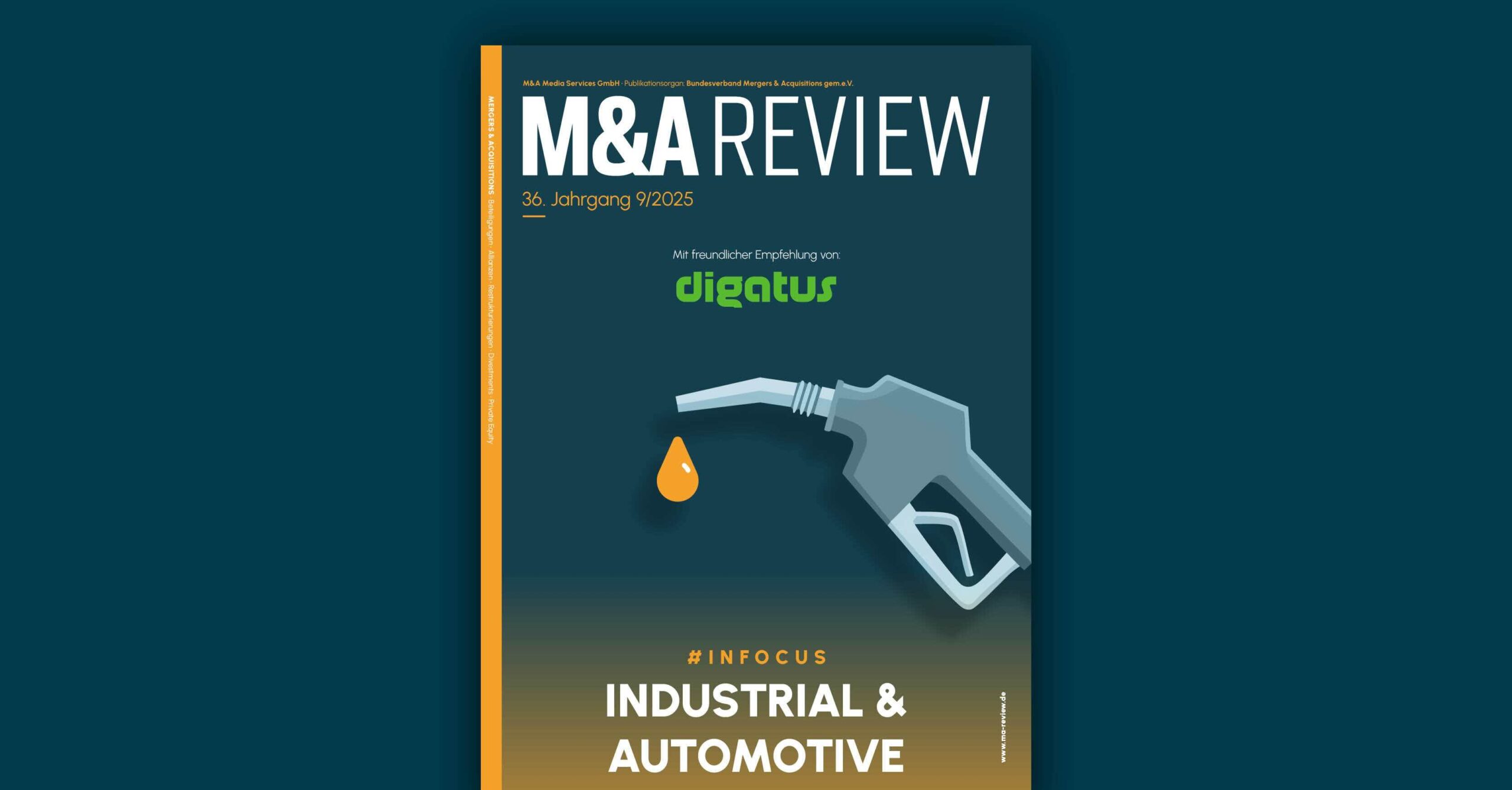Private photography continues to enjoy increasing popularity among a growing group of enthusiastic fans and enthusiasts. Additionally, good technical equipment is becoming more affordable, allowing even hobby photographers to produce higher quality images. This development is leading to a transformation in traditional print publishing for photo calendars and similar products, as new actors also want to give their works the final polish with high-quality printed products. Our client CALVENDO addresses this market need, combined with an attractive compensation model for the respective creators.
Client
CALVENDO is the first publisher to enable talented creatives to publish and sell individual calendars, poster books, canvases, and puzzles with their own photos, graphics, and texts internationally through retail to end consumers. CALVENDO thus creates the most extensive and thematically diverse calendar offering worldwide. For the creators of the products, using the platform is free, and up to 30% of the generated revenue is paid out as a commission for each sold copy. Orders for the end products come mainly through trading platforms such as Amazon, Thalia, and Rakuten, but also from other distribution partners and the creators themselves.
Challenges
Before the digitalization of business processes, CALVENDO typically received a list of publications from a publisher twice a year (before Christmas and the book fair), usually with 100 to 1000 entries. As part of the realignment and transformation of the business model, CALVENDO now had to realize up to 200 new publications daily while ensuring the continuity of existing business. Additionally, in spring, preparation for the next calendar season with up to 65,000 publications had to be managed.
The biggest challenge in digitalizing CALVENDO’s processes was primarily the complexity in mapping the value chain. As the individual process steps are performed by different companies and platforms, they must be intelligently interconnected and centrally controlled:
CALVENDO Process Diagram
- The website calvendo.com serves as the platform for creating print and master data in the first step of the chain. The author chooses their desired product and can design it with their own photos and content through upload.
- The delivered image data must be prepared, harmonized, and subjected to automatic quality assurance for the printing process.
- Subsequently, the master data distribution takes place via interfaces to retailers or trading platforms. For this purpose, ISBN, metadata, and preview images are created and automatically transmitted in a standardized manner.
- If an end customer decides to purchase a product through one of these channels, CALVENDO is informed about the order through automated connection processes and starts the production and shipping process on demand.
- For this, the chosen product and order are forwarded to the most optimal production partner according to its nature. This partner then provides feedback to CALVENDO on the production status, shipping times, and other framework parameters.
- After production is completed, the product goes to the shipping service provider and from there to the happy end customer.
The challenge in the process is therefore to coordinate all involved parties accordingly, ensure data availability and integrity, and enable the end customer to have transparent insight into the status of their order at all times.
Contribution digatus
Together with CALVENDO, the necessary process chain, including relevant partner and supplier connections, was analyzed and transferred to corresponding flowcharts. Through an initial basic prototype, the individual challenges of the various interfaces could be quickly identified and transferred to the target architecture. For this purpose, the new concept approach ‘DataCore’ from our toolkit, the digatus DataSuite, was used, which ensures flexibility while maintaining data integrity. By distributing the various interfaces/APIs into individual microservices, the requirement is addressed that the integration processing can act independently of the respective core services and provides high-performance data preparation. The processed data is then transferred to the central Enterprise Service Bus, which monitors and coordinates the distribution. This involves processing both the customer’s own master data (metadata) as well as the additional transaction data from suppliers, such as production and availability status. Using specially developed verification mechanisms for this purpose, the availability on the various online distribution platforms is monitored in parallel.
“Without the individual software solution from digatus, our publishing house’s business model would not function.”
Hans-Joachim Jauch – Managing Director CALVENDO Verlag GmbH
Customer Benefits
CALVENDO is now able to quickly and efficiently serve both the creators (= photographers), production partners (= printing companies and shipping service providers) as well as end customers from a unified process. This is achieved primarily through the complete digitalization of the process chain, which creates the highest possible degree of efficiency. The publishing house now has automated procedures for quality assurance as well as standardized processes for processing and exception handling. As a result, since becoming independent, CALVENDO has been able to process a significantly larger number of inquiries or new publications in a timely manner. Additionally, the complex manual coordination between the individual interfaces is eliminated.





